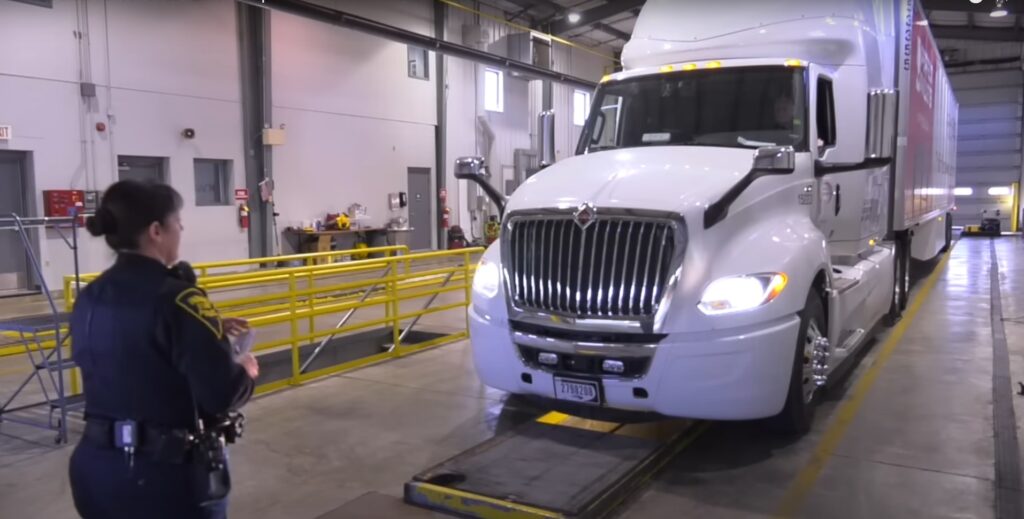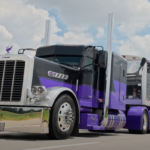This educational video offers an in-depth exploration of every stage within the Level I inspection procedure, presented by the Indiana State Police (ISP).
Video Provides Detailed Walkthrough of Level I Inspection by Indiana State Police
The recording took place at the Richmond scale facility and was released by ISP on February 23, 2023. It presents a detailed deconstruction of every aspect of the Level I inspection process.
Feel free to watch the video provided below:
Refer to the information below for an in-depth explanation of the Level I inspection protocol as provided by the Commercial Vehicle Safety Alliance.
Level I – North American Standard Inspection
This inspection encompasses a thorough evaluation, covering various aspects such as driver’s documentation including licenses and medical certificates, compliance with alcohol and drug regulations, adherence to hours of service rules, use of seat belts, maintenance of vehicle inspection reports, examination of brake systems, proper cargo securement, functioning coupling devices, driveline and driveshaft condition, exhaust systems, structural frames, fuel systems, operational lighting devices including headlamps and turn signals, effective steering mechanisms, sound suspensions, tire conditions, assessment of van and open-top trailer bodies, examination of wheels, rims, and hubs, functionality of windshield wipers, and comprehensive checks for buses, motorcoaches, passenger vans, or other vehicles carrying passengers. Additionally, emergency exits, electrical systems in engine and battery compartments, seating, and hazardous materials or dangerous goods (HM/DG) compliance, as well as cargo tank requirements, if applicable, will be scrutinized. Inspection of HM/DG-related items will be carried out exclusively by certified inspectors specialized in hazardous materials and cargo tanks, as appropriate.
NOTE: When the measurement of exposed pushrod travel surpasses 20 percent and cannot be accurately taken, the inspection is categorized as a Level II Inspection rather than a Level I Inspection.
NOTE: Even if one axle within a five-axle vehicle combination remains unmeasured, the 20 percent brake criteria mandate that two faulty brakes must still be identified and taken out of service.





